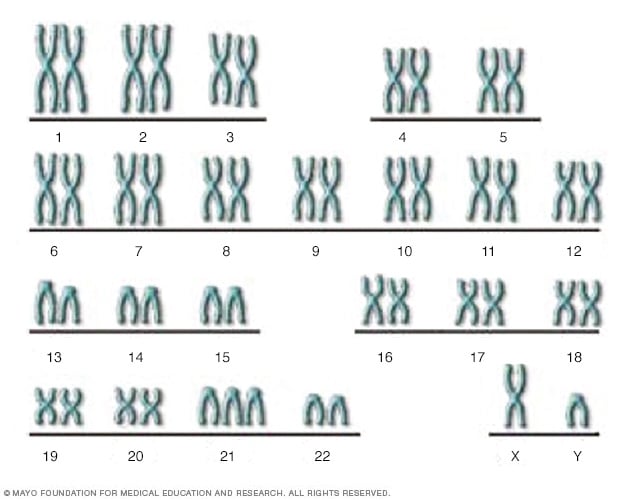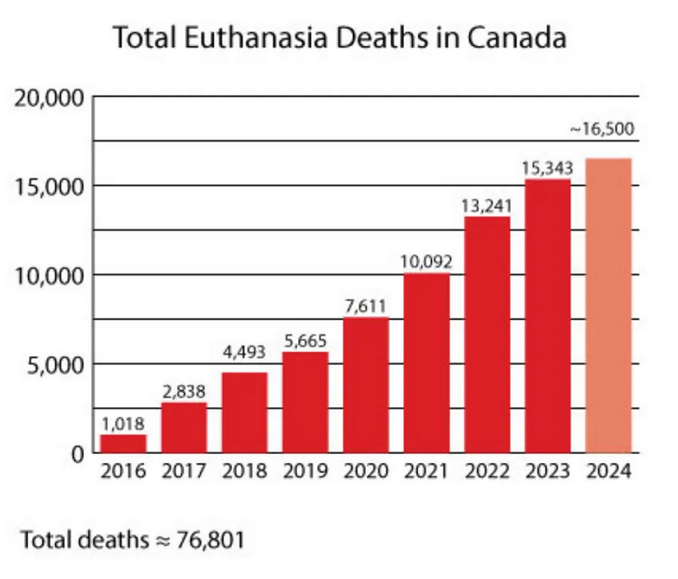A post I published in this blog in 2017 ended with this paragraph:
Why are
human beings conceived with trisomy of chromosome 21 (Down syndrome) denied the
right to life, to the point that, in many Western countries, in practice they
are not allowed to be born?
In another post, published in 2015, during the first year of this blog's existence, I calculated the probability that the triple and quadruple screening tests, then in use to detect trisomy of chromosome 21 (the cause of Down syndrome), would produce false positives. The conclusion was this:
When the
test is positive, the probability that the fetus is actually affected by the
syndrome is 1 or 2 in 90: just over 2% (yes, that low!). If, as a result of
that information, an abortion is performed, in 98% of cases a normal child will
be killed. If the child had been allowed to be born, it would not have suffered
from the syndrome.
How have things changed since then? Currently,
there is another test, NIPT, which looks for fetal DNA in maternal blood and
has high sensitivity (95%-100%) and high specificity (99%). If this test is
used, my analysis results change as follows:
When the
test is positive, the probability that the fetus is actually affected by the
syndrome is 1 or 2 in 11 or 12, on the order of 10 to 20% (yes, that low!). If,
as a result of that information, an abortion is performed, in 80 to 90% of
cases a normal child is being killed: if the child had been allowed to be born,
it would not have suffered from the syndrome.
 |
| Jérôme Lejeune, who discovered the trisomy of chromosome 21 |
The new test has, therefore, brought about an
improvement, but the situation remains very unfavorable. For this reason, it is
often said that a positive result is not a diagnosis. Invasive testing, such as
amniocentesis or chorionic villus sampling, is necessary to confirm or rule out
the syndrome.
These tests can confirm or rule out the presence of Down syndrome, but they
carry a risk of miscarriage, so many mothers are reluctant to undergo them and
often make the decision to abort (or not) based solely on the results of the
aforementioned dubious tests.
My 2015 post ended with these words: [Even though,
thanks to new tests,] some fetuses unaffected by the syndrome will escape
abortion, a fundamental question remains: children with Down syndrome have no right
to life?
By 2025, things have gotten even worse for people
affected by Down syndrome. Now, not only fetuses have no right to life, but
this affects even adults of 56. Look at this
recent news story (October 3 2025):
Hospital
starves to death a man with Down syndrome, didn't feed him for 9 days.
Doctors now say it was a mistake. But who are they
to decide who has the right to live and who doesn't? Mistake or not, their
actions were, in any
case, a betrayal of medical ethics.
By the way, the culture of death has become so
prevalent in Canada that I recommend that, if you travel to or live in that
country, try not to get sick, because there's a significant probability that you
won't leave the hospital alive. Let's look at a few news stories I've collected
in just over a month about the use of euthanasia in that country:
- September 3, 2025: Canada
wants to euthanize because they have depression.
- September 19, 2025: Canada
wanted to euthanize her, but she went to the U.S. and got treatment.
- September 29, 2025: Canada
euthanized 16,500 people in 2024, about 5% of total deaths.
- October 2, 2025: Canada
euthanizes elderly woman with dementia.
- October 6, 2025: Canada has euthanized 90,000 people.
- October 13, 2025: Canada is killing patients and harvesting their organs.
Manuel Alfonseca


No comments:
Post a Comment